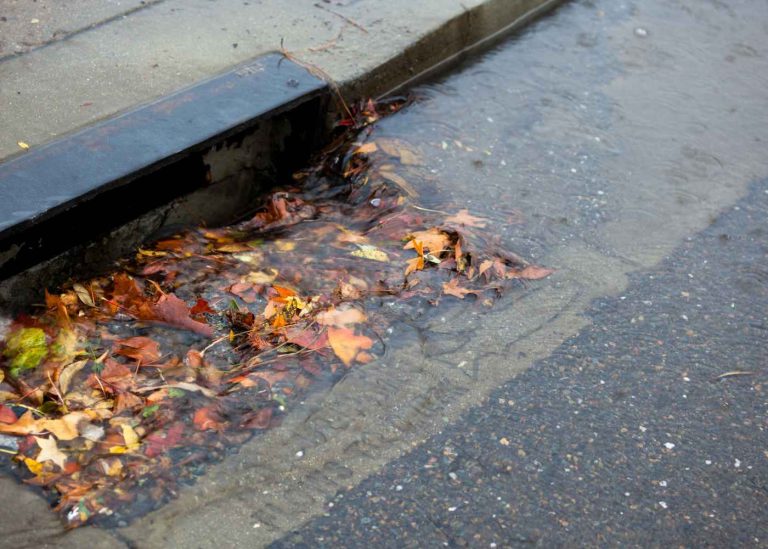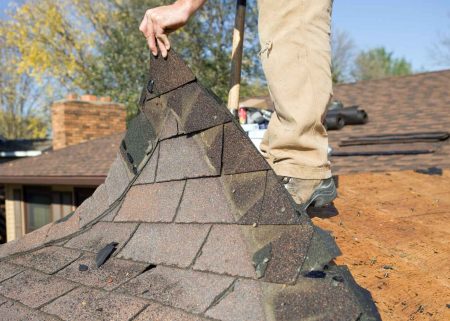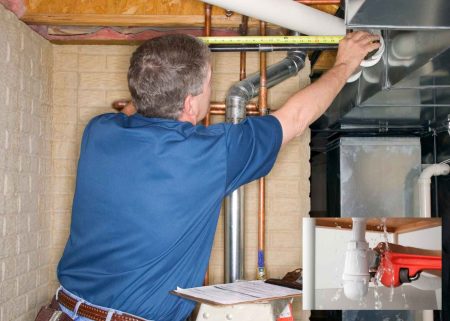Storm drain systems represent critical infrastructure that protects communities from flooding while managing rainwater runoff safely and efficiently. Despite their vital importance, these systems often receive minimal attention until problems develop, leading to expensive repairs, environmental damage, and public safety hazards that could be prevented through regular maintenance.
Most people rarely think about storm drains until water starts backing up in streets or flooding occurs in their neighborhoods. However, these underground networks require consistent care and cleaning to function properly while protecting both property and environmental resources from the effects of uncontrolled stormwater.
Understanding why storm drain maintenance matters helps communities recognize the importance of investing in preventive care that protects public safety, prevents costly damage, and preserves environmental quality for current and future generations.
Preventing Costly Flood Damage
Blocked storm drains create immediate flood risks during heavy rainfall by preventing proper water drainage that can inundate streets, parking lots, and buildings with dangerous standing water. These floods cause expensive property damage while creating safety hazards for drivers and pedestrians.
Infrastructure protection through proper drainage prevents water from pooling around building foundations, roads, and other structures where it can cause erosion, foundation problems, and pavement damage that costs thousands of dollars to repair.
Emergency response costs increase dramatically when communities experience flooding due to inadequate storm drain maintenance. Emergency services, road closures, and cleanup efforts strain municipal budgets while disrupting daily life for residents and businesses.
Insurance claims and litigation often result from preventable flooding caused by neglected storm drain systems, creating financial liability for municipalities while demonstrating the cost-effectiveness of regular maintenance compared to emergency response and damage repair.
Protecting Environmental Quality
Water pollution prevention represents one of the most important benefits of proper storm drain maintenance, as clean drainage systems filter debris and contaminants before they reach rivers, lakes, and groundwater supplies that provide drinking water for communities.
Debris removal through regular cleaning prevents trash, leaves, oil, and other pollutants from accumulating in storm drains where they can eventually wash into natural water bodies and harm aquatic ecosystems.
Chemical contamination risks decrease when storm drains function properly and don’t create standing water where harmful substances can concentrate and eventually overflow into sensitive environmental areas.
Wildlife habitat protection occurs when clean stormwater systems prevent pollution from reaching wetlands, streams, and other natural areas where animals depend on clean water for survival and reproduction.
Maintaining Public Health and Safety
Disease prevention becomes crucial when storm drains function properly and don’t create stagnant water conditions where mosquitoes breed and spread diseases like West Nile virus and other vector-borne illnesses that threaten public health.
Air quality improvements result from proper drainage that prevents standing water from creating unpleasant odors and bacterial growth that can affect air quality in surrounding neighborhoods and business districts.
Traffic safety depends on functional storm drains that prevent water accumulation on roadways where hydroplaning accidents, reduced visibility, and dangerous driving conditions can cause injuries and property damage.
Pedestrian safety improves when sidewalks and walkways remain clear of standing water that can create slip hazards, mosquito breeding areas, and uncomfortable conditions that affect community livability and accessibility.
Extending Infrastructure Lifespan
System longevity increases significantly when storm drains receive regular maintenance that prevents corrosion, structural damage, and component failure that can require expensive replacement of entire drainage systems.
Pipe integrity maintenance through regular cleaning removes debris that can cause blockages, backups, and pressure buildup that damages pipes, joints, and connection points throughout the drainage network.
Equipment protection including pumps, grates, and catch basins lasts longer when properly maintained and cleaned regularly, preventing premature replacement costs while ensuring reliable operation during storm events.
Cost avoidance through preventive maintenance typically costs much less than emergency repairs or system replacement, making regular storm drain care an excellent investment in community infrastructure and fiscal responsibility.
Supporting Community Development
Property values benefit from well-maintained storm drainage systems that prevent flooding and water damage while demonstrating municipal commitment to infrastructure quality and community protection.
Business continuity improves when reliable drainage prevents flooding that can disrupt commercial operations, damage inventory, and create liability issues for business owners and their customers.
Development planning becomes more effective when communities maintain their existing drainage infrastructure while ensuring new development can connect to functional systems that handle increased stormwater volumes.
Quality of life improvements result from properly functioning drainage that prevents flooding, standing water, and associated problems that can make neighborhoods less desirable and affect resident satisfaction.
Building Community Resilience
Climate adaptation becomes increasingly important as weather patterns change and communities experience more intense rainfall events that strain drainage systems and require robust infrastructure to handle extreme conditions.
Emergency preparedness improves when storm drain systems function reliably during severe weather events, reducing flood risks and supporting community ability to recover quickly from storms and extreme weather.
Long-term planning for infrastructure maintenance helps communities budget appropriately for drainage system care while avoiding expensive emergency repairs and system failures that can overwhelm municipal resources.
Making Smart Infrastructure Investments
Storm drain cleaning and maintenance represents one of the most cost-effective investments communities can make in infrastructure protection, public safety, and environmental stewardship that benefits everyone.
Regular maintenance programs provide excellent returns on investment through prevented damage, extended system life, and improved community resilience that protects both current residents and future generations.
Consulting with drainage experts from companies like CatchAll Environmental becomes necessary to assess system condition, identify potential problems, and develop maintenance schedules that ensure optimal performance while addressing specific local conditions and requirements that affect drainage effectiveness.
Prioritize storm drain maintenance in your community by supporting municipal budgets for infrastructure care and advocating for regular cleaning programs that protect your neighborhood from preventable flooding and environmental damage.










